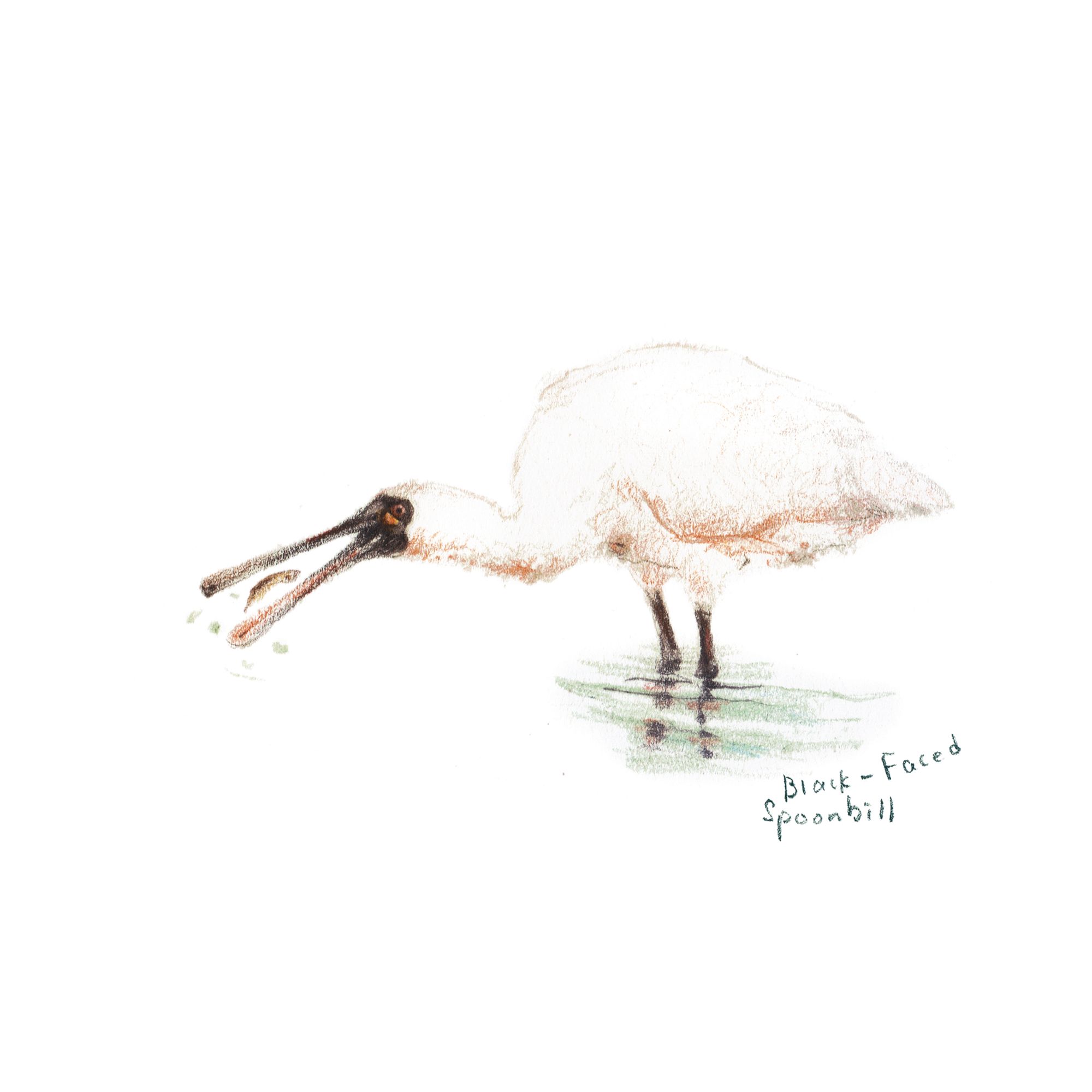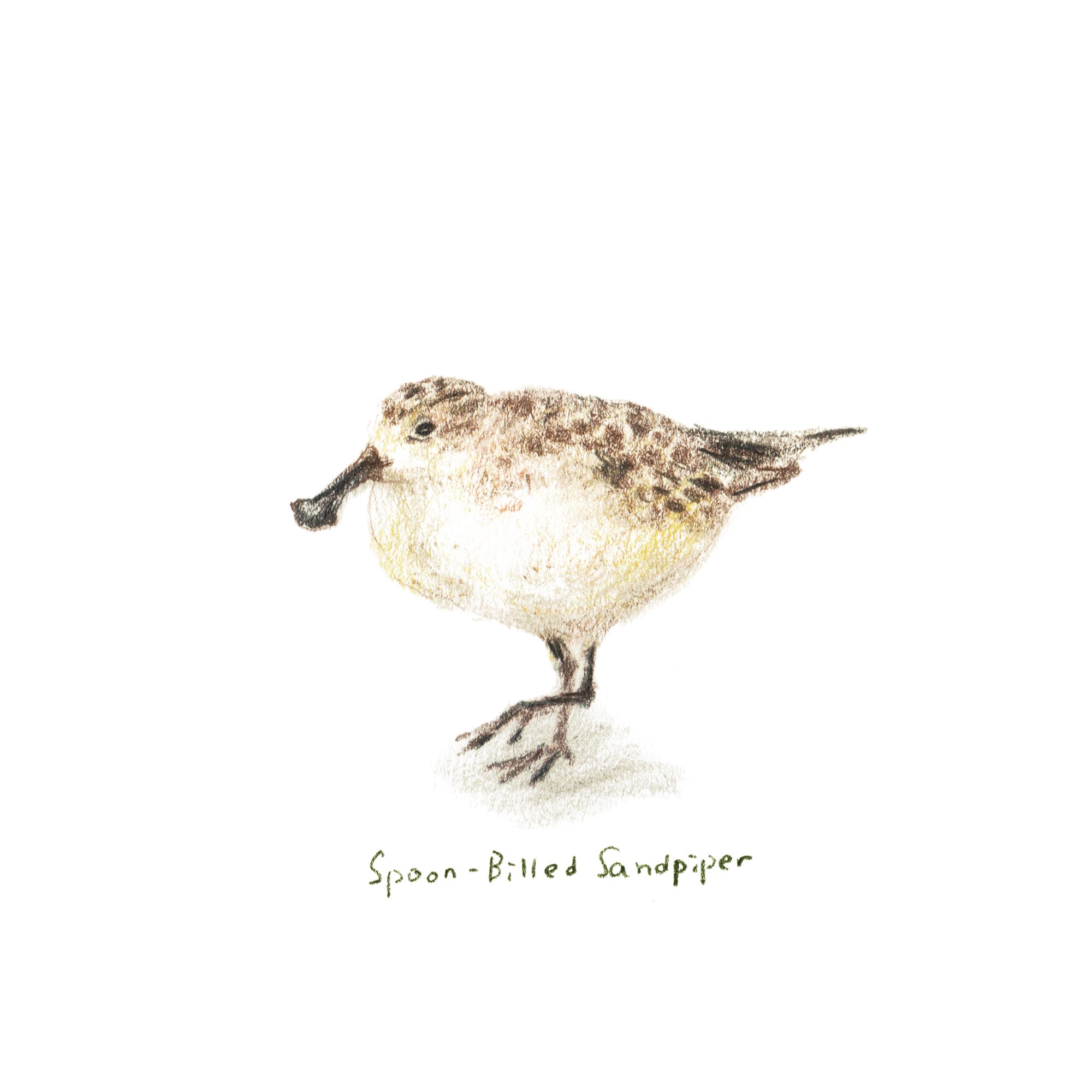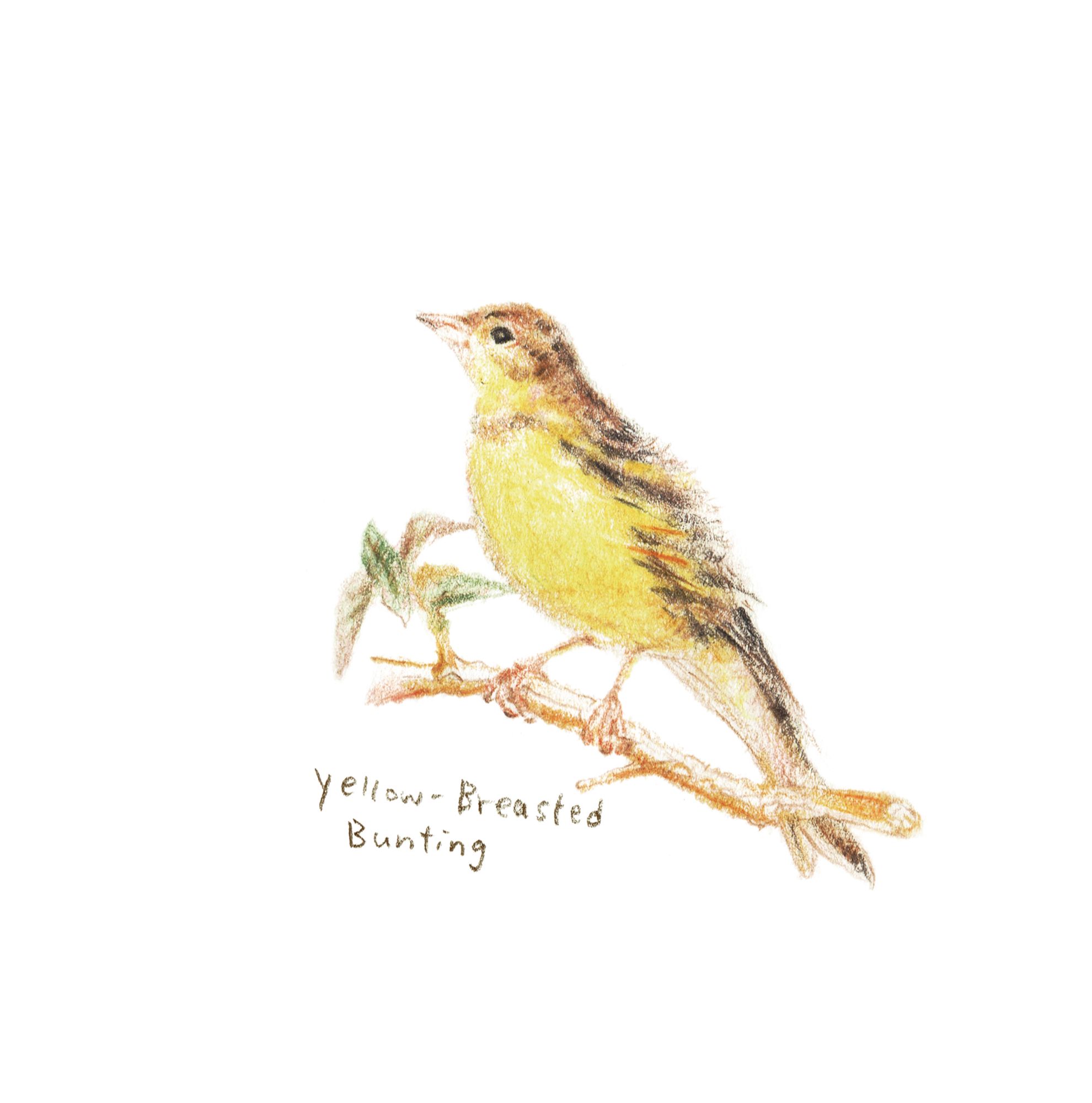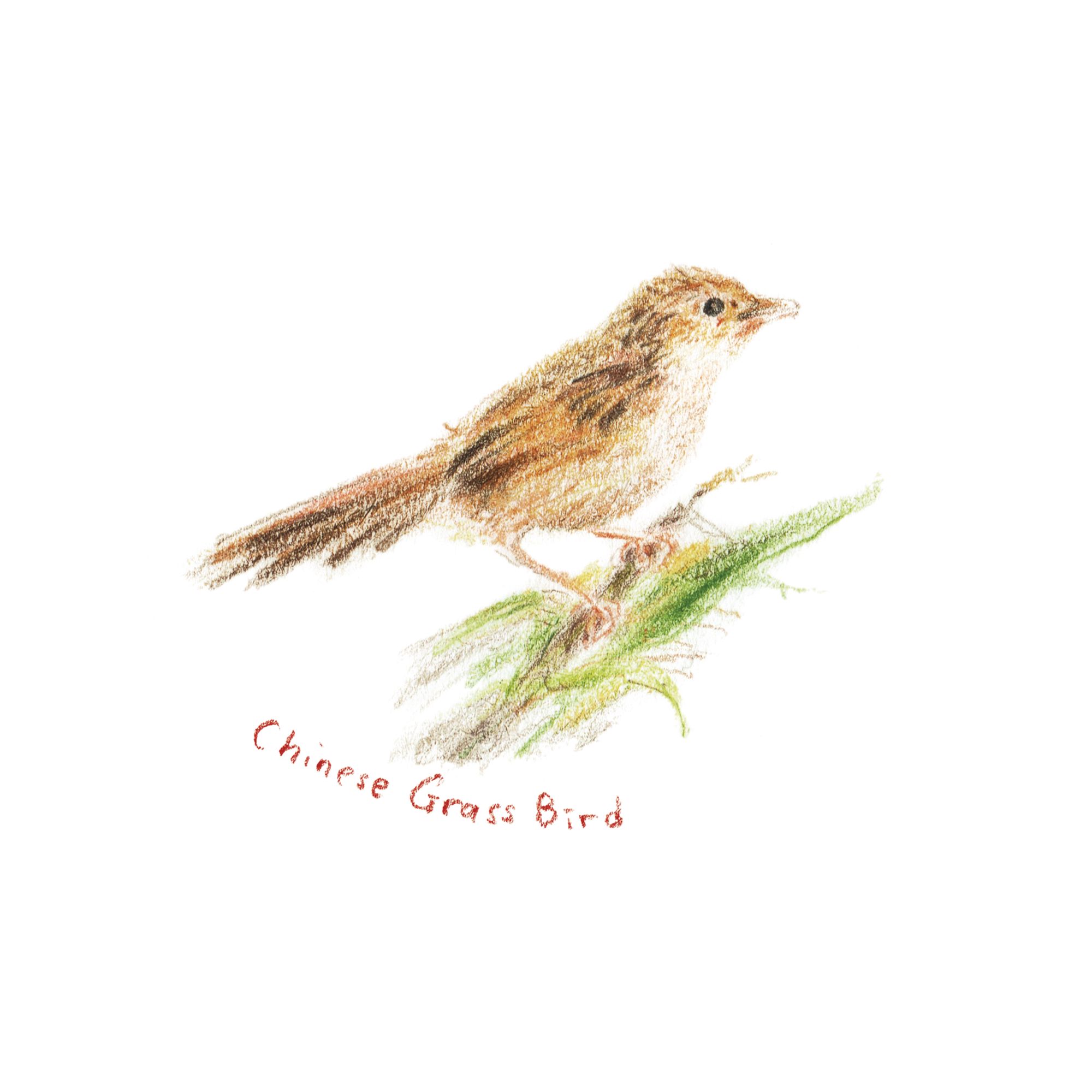Is it a bird? Is it a plane? Get yourself some birdwatching experience and you’ll know for sure—and may even learn to identify a few species along the way
No amount of watching nature documentaries or scrolling through outdoorsy Instagram feeds can substitute for witnessing the natural world with your own eyes. Hong Kong may be small and lacking in homes for humans, but the territory is surprisingly rich in biodiversity, with nearly 6,000 species officially recorded—about a sixth of which are birds. As well as the iconic black kites that circle the city’s skyscrapers and pigeons that scavenge the streets, Hong Kong is home to many rare birds, some of whom live here while others are just passing through.
“The various types of natural habitats here, including woodlands, wetlands and hilly areas, offer a haven for more than 550 species of birds,” says James Kwok, assistant education officer at the Hong Kong Birdwatching Society, award-winning nature photographer and eco-tour guide. “Our city’s location makes it significant for migratory birds to stop over during winter and travel between Siberia and Australia every spring and autumn.” Kwok recommends bringing 7x to 10x magnification binoculars and field guides as you look for some rare avian visitors, but take care not to disturb these feathered sojourners as they rest.
Birdwatching is also rather hip right now: just last month, Gucci and The North Face joined forces in a campaign that puts a high fashion spin on the hobby using members of Flock Together, the inclusive, London-born birdwatching collective that is taking flight in cities across the world. “Nature doesn’t require anything from you; no need to pretend to be something you’re not just to survive; no effort required whatsoever,” says the group’s co-founder Ollie Olanipekun. In a period marked by time spent indoors, access to nature has never felt so luxurious.
See also: Waste, Unmasked: How Covid-19 Masks Have Affected The Environment
Grab your binoculars and keep your eye out for these birds:

Black-faced spoonbill
A common winter visitor to Deep Bay, this waterbird loves wetlands and fishponds. They can be spotted plunging their namesake, spoon-shaped beak into the water to catch fish. Although listed as an endangered species by the International Union for Conservation of Nature (IUCN), which records the global conservation status of species, the spoonbill’s numbers rose from 300 in the early Nineties to 4,400 at the last count in January 2019.




